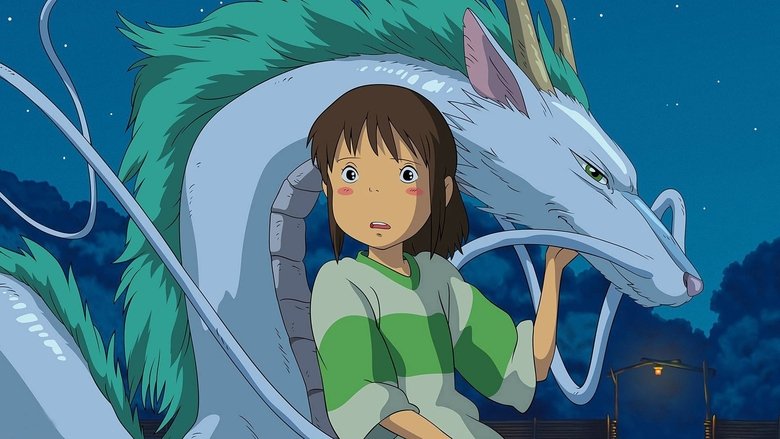Essential japanese movies every film lover must see
Explore the rich and diverse world of Japanese cinema with our curated list. From timeless classics to modern masterpieces, these films represent the breadth and depth of Japan's contribution to the art of filmmaking.


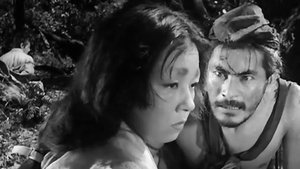
Japanese cinema boasts a history as long and influential as any in the world. From the golden age of studios producing works that redefined storytelling to the global phenomenon of anime, Japan has consistently delivered films that challenge, move, and entertain.
Think of the groundbreaking narrative structures of Akira Kurosawa, whose films like Rashomon introduced non-linear storytelling to the world and heavily influenced Western cinema, particularly the Western genre. Or the profound humanism captured by Yasujiro Ozu in films such as Tokyo Story, depicting family life with unparalleled nuance.
Then there's the sheer artistry and emotional depth of Studio Ghibli, led by masters like Hayao Miyazaki. Films like Spirited Away and Princess Mononoke aren't just animated features; they are complex mythological tales and environmental parables that resonate deeply with audiences worldwide, proving animation's power as a serious art form.
But Japanese cinema isn't just historical epics or whimsical fantasy. It delves into dark social commentary (Battle Royale, Shoplifters), existential drama (Harakiri), and mind-bending sci-fi animation (Akira, Paprika). This incredible range ensures that there's a Japanese film out there to captivate any viewer, offering perspectives and artistic styles rarely found elsewhere.
14. Departures (2008)
Yojiro Takita's Departures is a poignant and deeply moving drama about a young cellist who, after his orchestra disbands, finds unexpected work as a 'nokanshi' – a traditional Japanese funeral professional who ritualistically prepares bodies for cremation and encoffining. Initially ashamed of his job, he begins to find dignity and meaning in the practice, which is treated with immense respect and care.
The film offers a fascinating look at a rarely depicted profession and cultural rituals surrounding death in Japan. It's a film about finding one's place, confronting prejudice, and the beauty found even in sorrow. Departures won the Academy Award for Best Foreign Language Film in 2009, a surprising but well-deserved victory that brought this quietly powerful film to a wider international audience.

13. Paprika (2006)
Satoshi Kon's Paprika is a mind-bending animated psychological thriller that delves into the world of dreams. The story centers on a revolutionary therapy device called the 'DC Mini' that allows therapists to enter patients' dreams. When the device is stolen, reality and fantasy begin to blur, threatening to merge into a chaotic nightmare. Kon's film is a visual feast, constantly shifting between dream logic and waking life.
Known for his complex narratives and innovative editing, Kon creates a dazzling, kaleidoscopic experience. The film's exploration of subconscious, identity, and technology is both fascinating and unsettling. Its visual inventiveness and themes are often cited as a major influence on Christopher Nolan's film Inception.

12. Battle Royale (2000)
Kinji Fukasaku's Battle Royale is a controversial and cult-status dystopian thriller that predates and likely influenced many similar survival narratives. In a near-future Japan, the government passes the Battle Royale Act, forcing a class of junior high students onto a remote island where they must fight to the death until only one survivor remains. It's a brutal, satirical, and intense examination of authority, youth, and desperation.
The film was highly controversial upon release in Japan, sparking debate about media violence and its potential impact on youth. Despite this, it was a box office success and gained a significant international following, praised for its relentless pacing and dark humor. Legendary actor Takeshi Kitano plays the detached, former teacher overseeing the deadly game.
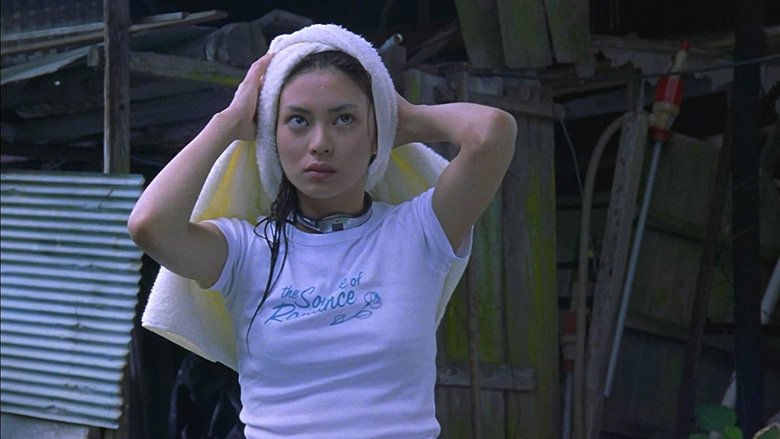
11. The Wind Rises (2013)
Hayao Miyazaki's The Wind Rises is a departure from his usual fantasy fare, offering a fictionalized biographical look at the life of Jiro Horikoshi, the aeronautical engineer who designed Japanese fighter planes during World War II. The film is a visually stunning and poignant reflection on passion, creation, and the complex relationship between dreams and reality, particularly in a tumultuous historical period.
Miyazaki, a lifelong aviation enthusiast, drew inspiration from Tatsuo Hori's 1937 novel and Horikoshi's own memoirs. The film features unique sound design, with many sound effects for machinery and movement created using human voices. It was intended to be Miyazaki's final feature film before he announced his retirement (which was later rescinded), adding an extra layer of reflection on a life dedicated to craft and creation.
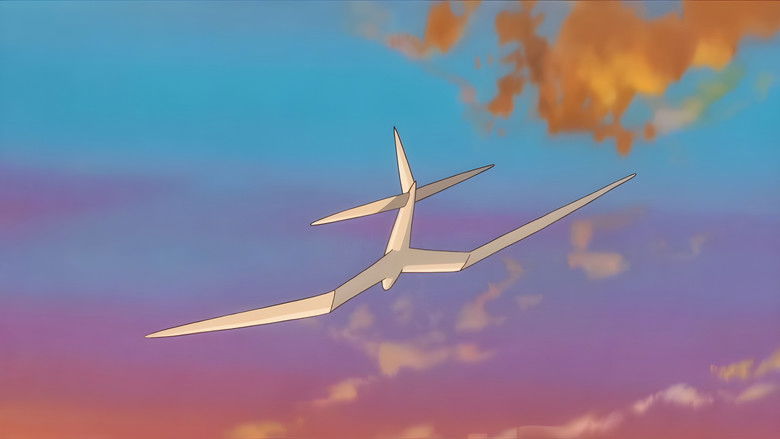
10. Shoplifters (2018)
Hirokazu Kore-eda's Shoplifters is a tender and thought-provoking drama about a family living on the fringes of Japanese society, relying on petty crime to get by. Their lives change when they take in a small, abused girl. The film quietly observes their daily routines, their bonds, and the unconventional nature of their 'family,' raising questions about what truly constitutes kinship.
Kore-eda is known for his humanistic approach and naturalistic dialogue, and Shoplifters is a prime example. The film won the prestigious Palme d'Or at the 2018 Cannes Film Festival, bringing international attention to Kore-eda's sensitive portrayal of complex social issues and the lives of ordinary people. The performances, particularly from the ensemble cast, feel incredibly authentic and lived-in.
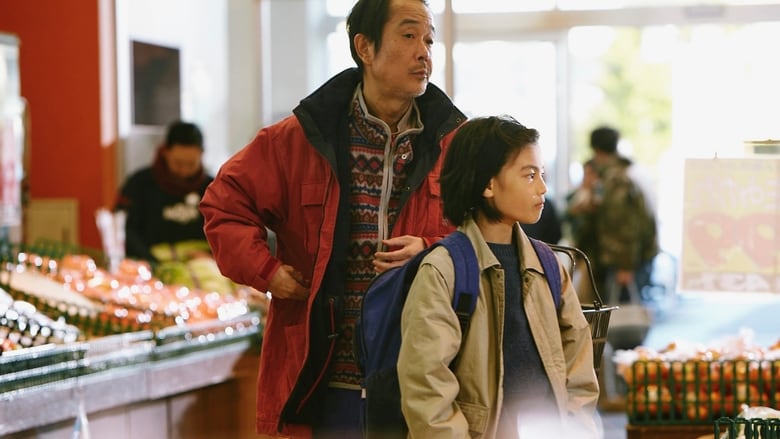
9. Harakiri (1962)
Masaki Kobayashi's Harakiri is a stunning and intense jidaigeki (period drama) that deconstructs the romanticized image of the samurai. Set during the Edo period, it tells the story of Hanshiro Tsugumo, a ronin who arrives at a feudal lord's request to commit seppuku (ritual suicide) in the courtyard, but who has a deeper, more tragic agenda. The film is celebrated for its powerful storytelling, moral complexity, and exquisite black and white cinematography.
Rather than focusing solely on action, the film builds tension through dialogue and flashback, revealing the systemic cruelty and hypocrisy of the samurai code and the ruling class. Tatsuya Nakadai delivers a commanding central performance. The film won the Special Jury Prize at the 1963 Cannes Film Festival and is considered one of the finest samurai films ever made, offering a starkly critical perspective on bushido.

8. Tokyo Story (1953)
Yasujiro Ozu's Tokyo Story is a quiet, contemplative masterpiece that explores the universal themes of family, aging, and the generational divide. The film follows an elderly couple who travel to Tokyo to visit their children, only to find them too busy with their own lives to give them much attention. It's a poignant and deeply humanistic portrayal of post-war Japan and the changing dynamics within families.
Ozu's distinctive style is on full display: low camera angles (often referred to as 'tatami shots'), static compositions, and a deliberate pace. He famously used 'match cuts,' where a character exiting frame on the left is followed by a character entering on the left in the next shot, maintaining a sense of spatial continuity. Despite its seemingly simple premise, the film is incredibly complex in its emotional depth and remains a touchstone of Japanese cinema.
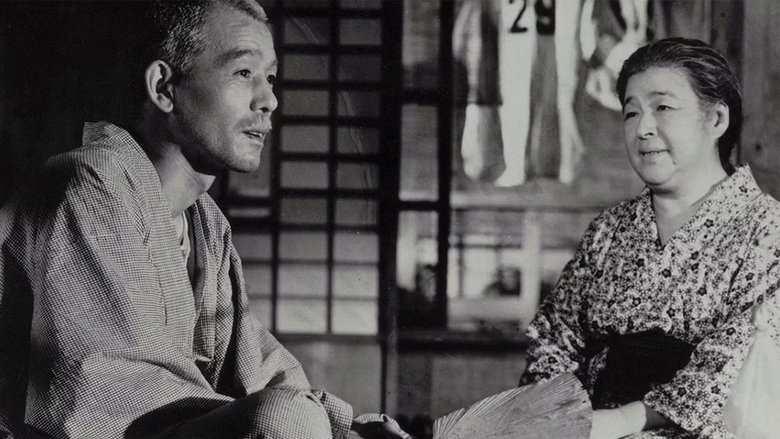
7. Grave of the Fireflies (1988)
Isao Takahata's Grave of the Fireflies is a profoundly moving and heartbreaking film, widely regarded as one of the most powerful anti-war statements ever made. Produced by Studio Ghibli, it tells the story of two siblings, Seita and Setsuko, struggling to survive in Japan during the final months of World War II after their mother is killed in a firebombing. The film is based on Akiyuki Nosaka's semi-autobiographical novel of the same name.
Unlike many war films, its focus is entirely on the civilian experience and the devastating, often quiet, toll of conflict on innocent lives. The film is unflinching in its portrayal of hardship and loss, yet it also captures moments of childlike innocence and resilience. Takahata chose to start the film by revealing the tragic fate of one of the protagonists, framing the entire narrative as a flashback and imbuing every scene with a poignant sense of impending doom.

6. Akira (1988)
Katsuhiro Otomo's Akira is a landmark in animation and science fiction, a cyberpunk spectacle set in a dystopian Neo-Tokyo decades after a mysterious explosion devastated the city. The story revolves around a teenage biker gang leader, Kaneda, whose friend Tetsuo gains terrifying telekinetic powers, leading to chaos and a confrontation with a secret government project involving a psychic entity named Akira.
Released in 1988, the film's intricate hand-drawn animation was incredibly ambitious and expensive for its time, setting a new standard for detail and fluidity in anime. Its depiction of urban decay, technological obsession, and adolescent rebellion resonated globally, influencing countless films, comics, and video games. The iconic Akira bike is still a symbol recognized worldwide.

5. Rashomon (1950)
Akira Kurosawa's Rashomon is a groundbreaking film that profoundly impacted narrative structure in cinema. Set in ancient Japan, it presents multiple conflicting accounts of the same event – the murder of a samurai and the rape of his wife. The film's genius lies in its exploration of truth, perception, and the inherent subjectivity of human testimony, leaving the audience to piece together their own understanding of what happened.
The film won the Golden Lion at the Venice Film Festival in 1951 and an honorary Academy Award, bringing Japanese cinema to the forefront of international attention. The 'Rashomon effect,' referring to contradictory interpretations of the same event, is named after this film. Toshiro Mifune delivers a wild, unforgettable performance as the bandit Tajomaru.

4. Princess Mononoke (1997)
Princess Mononoke, another monumental work from Hayao Miyazaki and Studio Ghibli, is a sprawling, epic fantasy that tackles complex themes of environmentalism, industrialization, and the clash between humanity and nature. Set in a mystical, late Muromachi period Japan, the story follows Prince Ashitaka who is cursed and seeks a cure, becoming entangled in a war between forest spirits, led by the fierce Princess Mononoke (San), and a mining town led by Lady Eboshi.
Unlike many fantasy films, it refuses to paint a simple picture of good versus evil, presenting nuanced characters on both sides of the conflict. Miyazaki personally supervised the animation of 100,000 of the film's 144,000 cels. It was one of the first Ghibli films to receive a major international push, largely thanks to Miramax in the US, though Miyazaki famously sent a samurai sword to producer Harvey Weinstein with the message 'No cuts!'.

3. Your Name. (2016)
Makoto Shinkai's Your Name. is a modern anime phenomenon that captured hearts worldwide with its stunning visuals and emotionally resonant story. It tells the tale of Taki and Mitsuha, two teenagers who inexplicably swap bodies, living each other's lives and forming a unique connection across time and space. The film masterfully blends romantic comedy, fantasy, and elements inspired by the 2011 Tōhoku earthquake and tsunami.
The animation is breathtakingly beautiful, particularly the depictions of light and sky, which have become a signature of Shinkai's work. RADWIMPS' score is perfectly integrated, enhancing the film's emotional highs and lows. Your Name. broke box office records in Japan and became a global hit, cementing Shinkai's place as a major voice in animation and proving the genre's continued ability to tell deeply moving and imaginative stories.

2. Seven Samurai (1954)
Akira Kurosawa's Seven Samurai isn't just a samurai film; it's the template for countless action and adventure stories that followed. This epic follows a village of desperate farmers who hire a group of masterless samurai to protect them from bandits. Clocking in at over three hours, the film takes its time developing its diverse cast of samurai, each with their own quirks and motivations, making their eventual stand incredibly impactful.
Its influence is immense – it was famously remade as the Western classic The Magnificent Seven. Kurosawa used multiple cameras filming simultaneously for the action sequences, a revolutionary technique at the time, giving the battles a dynamic and chaotic energy that still feels fresh today. The film's blend of thrilling action, compelling characters, and poignant themes about class and conflict makes it an enduring cinematic landmark.

1. Spirited Away (2001)
Prepare to be utterly transported! Hayao Miyazaki's Spirited Away is an absolute masterpiece, a fantastical journey into a spirit world that feels both wondrously strange and deeply familiar. It follows young Chihiro as she navigates a bathhouse for gods and spirits after her parents are transformed into pigs. The sheer imagination on display is staggering, from the charming soot sprites to the enigmatic No-Face.
Did you know that Miyazaki initially conceived the story for the 10-year-old daughter of his producer, Toshio Suzuki, who found contemporary Japanese shojo manga lacking in relatable heroines? This focus on a realistic, if slightly whiny, protagonist finding her courage is what makes Chihiro's adventure so compelling and universally loved. It's the only non-English language animated film to win the Academy Award for Best Animated Feature, a testament to its global impact and timeless appeal.
